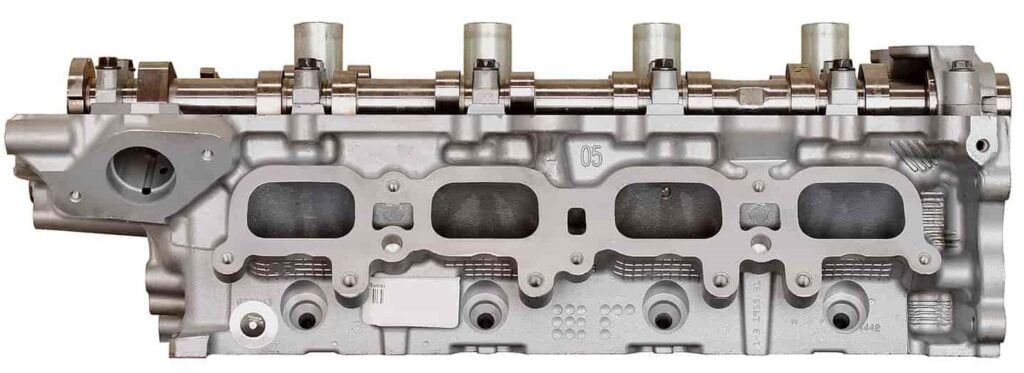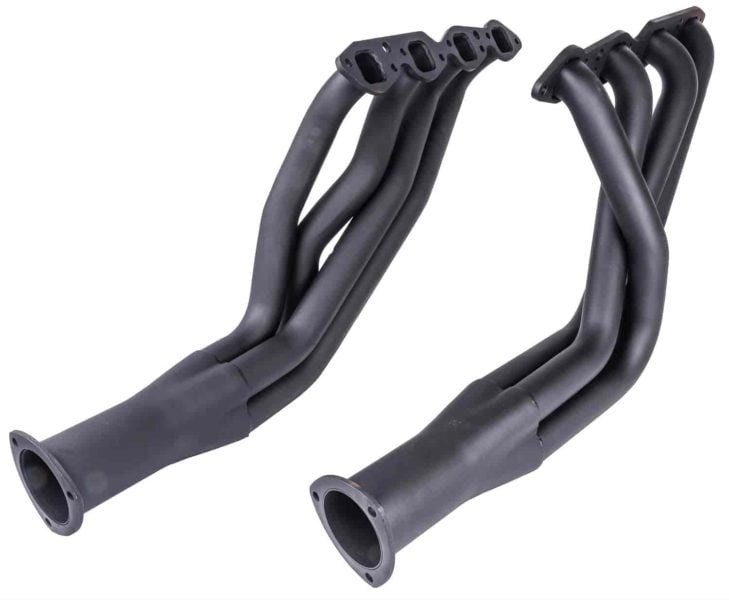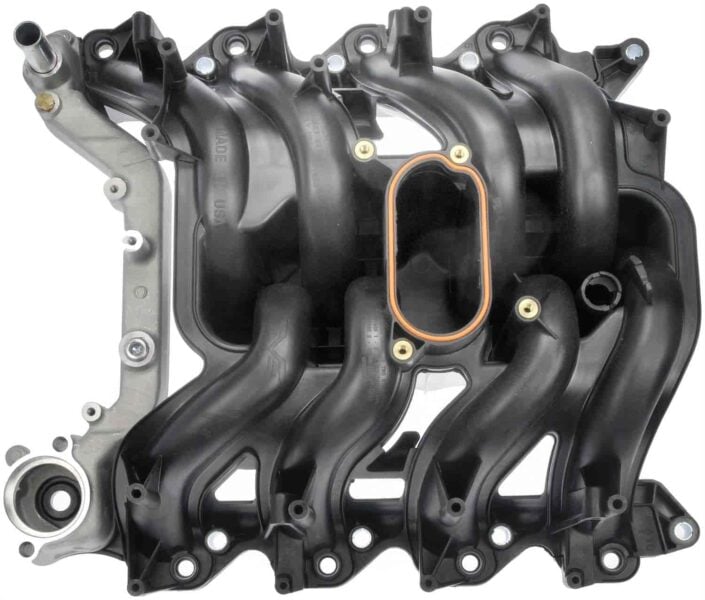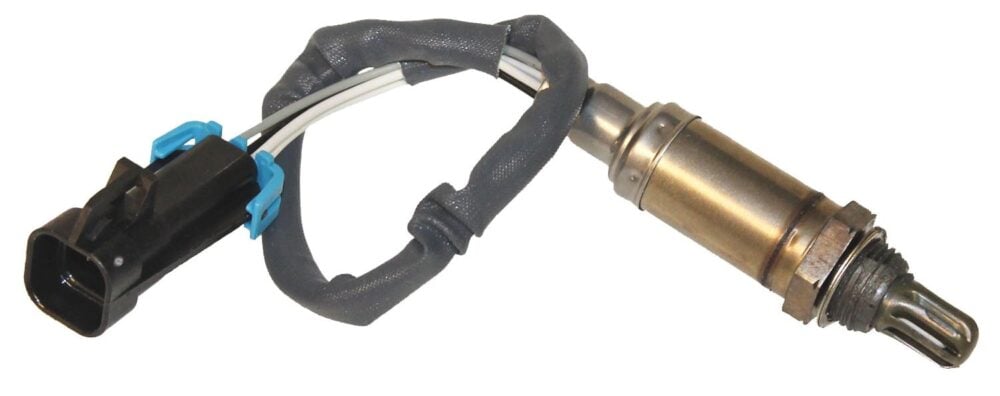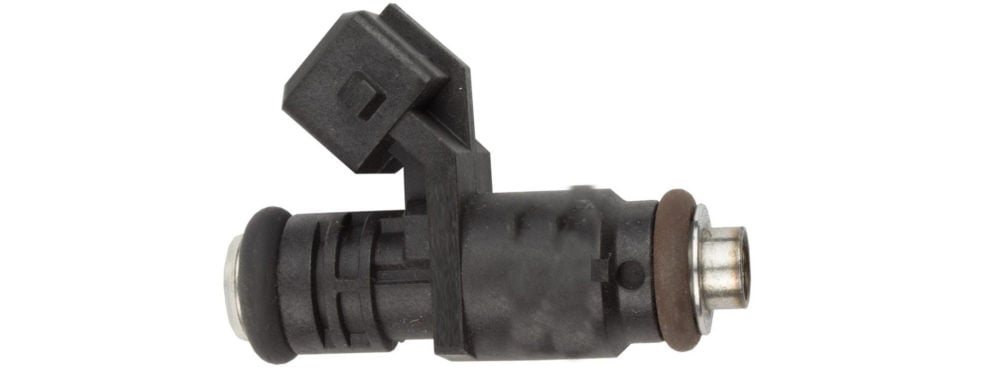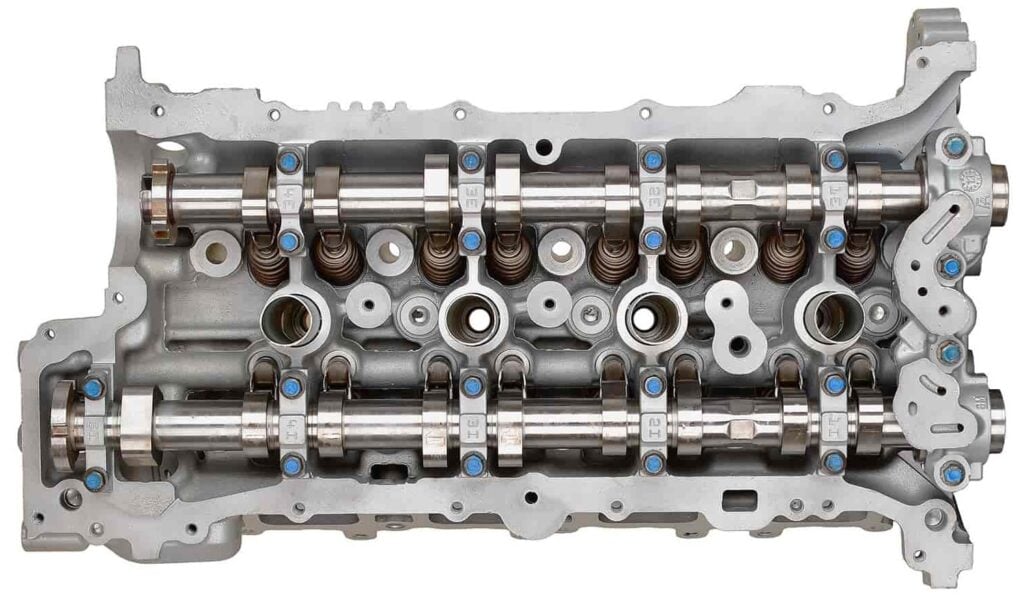
The GM 2.0 L 4-cylinder (internally dubbed the LTG) is a turbocharged engine from the EcoTec series that debuted in the 2013 Cadillac ATS and Chevrolet Malibu and ended with the 2023 Camaro.
The 2.0L I4 nicely balances performance and efficiency, making it a capable choice across various vehicle applications, from performance-oriented cars like the Buick Regal GS to family SUVs like the Chevy Traverse.
This guide further explores the GM EcoTec 2.0 L 4-cylinder. We’ll start with a detailed overview of the engine’s design and components, then review its specifications.
Finally, we’ll share a full list of the different vehicle models that have been lucky enough to feature the LTG engine.
Let’s get started.
GM 2.0L L4 Engine Overview
The GM 2.0 L I4 has a lot going for it, especially when it comes to performance, thanks to its modern design and components.
Here’s a detailed overview of this popular engine line:
- Engine Block: The Ecotec 2.0L I4 turbo's sand-cast cylinder block, similar to previous Ecotec blocks, offers enhanced structural support and noise control. It features fortified main bearing bulkheads and cylinder bore walls to handle increased loads, with an improved oil system and expanded coolant jacket for better heat dissipation.
- Twin-Scroll Turbocharger: The engine employs a twin-scroll turbocharger with separate exhaust passages for cylinders 1 and 4, and cylinders 2 and 3, minimizing turbo lag and providing immediate throttle response. The turbocharger, capable of generating up to 20 PSI of boost, works with direct injection to operate at higher boost and compression ratios, boosting output and efficiency.
- DOHC with Continuously Variable Valve Timing: The LTG Ecotec 2.0 L 4-cylinder features an efficient overhead cam design with four valves per cylinder for improved airflow. Its continuously variable valve timing (CVVT), controlled by the engine management system, optimizes turbocharging efficiency by adjusting valve timing, enhancing turbo response and torque across a broad rpm range.
- Direct Injection: The 2.0L I4’s direct injection system improves combustion efficiency by injecting fuel directly into the combustion chamber, fostering a more complete burn at a cooler temperature. This allows for a leaner fuel-air mixture, reducing fuel consumption and emissions by about 25%, while enabling a higher compression ratio for increased performance.
- Rotating Assembly: This assembly includes a drop-forged steel crankshaft with heat-treated fillets and chamfered oil passages, alongside forged powdered metal connecting rods for added strength in turbocharged applications. The lightweight cast aluminum pistons have a dish shape to direct fuel and oil jets for cooling, reducing friction and noise while increasing durability.
- Air-to-Air Intercooler: An air-to-air intercooler significantly enhances the turbocharging system's power output. It cools the compressed intake air by as much as 212°F (100°C) through a heat exchanger, ensuring denser air, packed with more oxygen, enters the cylinders for optimal combustion and increased power.
- Rotocast Aluminum Cylinder Head with Sodium Filled Exhaust Valves: Using a Rotocast process for the A356T6 aluminum head, similar to the Corvette ZR1’s LS9, ensures strength and improved port flow. It's tailored for direct injection with stainless steel intake and sodium-filled exhaust valves for enhanced cooling and durability. The attached cast stainless steel exhaust manifold bolsters performance and airflow.
- Cam-Driven High-Pressure Fuel Pump: The engine's direct injection system is supported by a cam-driven high-pressure fuel pump, augmented by an electric supply pump in the fuel tank. This sophisticated system, delivering fuel at pressures up to 2,250 PSI, eliminates the need for a conventional return line, enhancing efficiency and control over fuel distribution.
- Two Stage Variable-Displacement Oil Pump: The Ecotec 2.0 L 4-cylinder turbo features a two-stage, variable-displacement oil pump that adjusts its capacity based on engine demand, enhancing fuel efficiency. This system, which includes an oil cooler integrated into the oil filter housing, optimizes oil temperature and reduces pressure loss, contributing to faster engine warm-up and reduced internal friction.
- Cam-Driven Vacuum Pump: The LTG Ecotec 2.0L turbo includes a cam-driven vacuum pump, mounted at the rear of the cylinder head and driven by the exhaust camshaft. This pump maintains vacuum availability under various conditions, especially important when the engine is under boost and producing minimal vacuum.
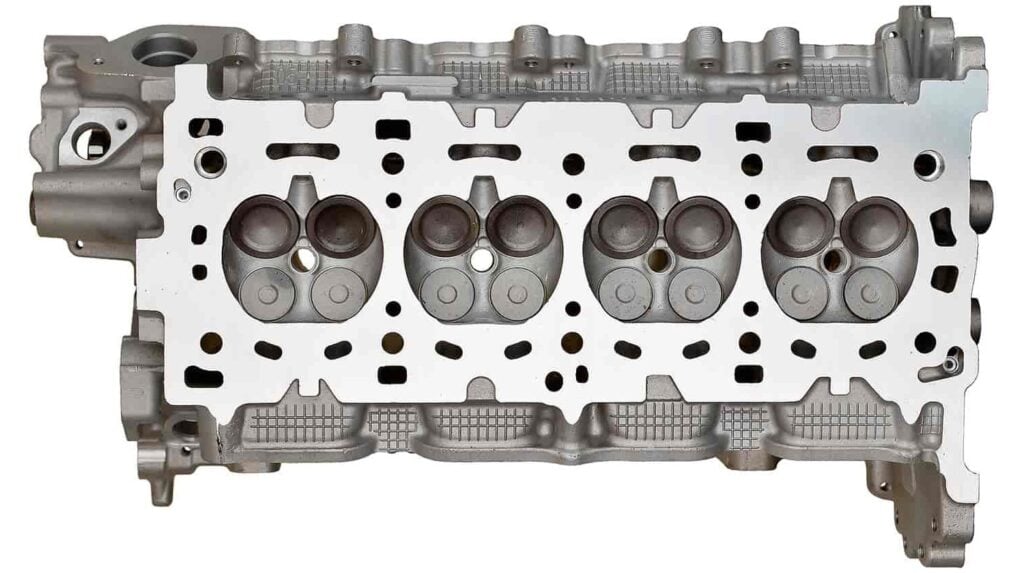
GM 2.0L L4 Engine Specifications
The EcoTect 2.0 L 4-cylinder is an impressive motor with capable specs.
Here are some of the engine’s key specifications:
- Displacement: The GM 2.0L L4 engine has a displacement of 1998 cc (150 CID), a size that offers a solid mix between power and efficiency for various vehicle applications.
- Engine Orientation: This engine has the capability for both longitudinal and transverse orientations, suiting a wide range of vehicle platforms.
- Compression Ratio: With a compression ratio of 9.5:1, the engine strikes a balance between fuel efficiency and performance.
- Valve Configuration: The EcoTec LTG 2.0 L 4-cylinder employs a Dual Overhead Camshaft (DOHC) configuration, facilitating efficient airflow and combustion management in the engine.
- Valves per Cylinder: There are 4 valves per cylinder, allowing for improved airflow and combustion efficiency, enhancing the engine's overall performance.
- Valve Lifters: The engine uses hydraulic roller finger followers for the valve lifters, a choice that reduces friction and wear, contributing to the engine's durability and smooth operation.
- Firing Order: The firing order of 1-3-4-2 is optimized for balance and smoothness in power delivery, a standard in modern four-cylinder engines.
- Bore x Stroke: The bore and stroke dimensions are both 86.00 mm, making it a “square” engine that provides a good combination of high RPM power and low-end torque.
- Fuel System: It features Spark Ignited Direct Injection (SIDI), enhancing fuel efficiency and power output while reducing emissions.
- Fuel Type and Mileage: GM recommends using premium fuel in the 2.0L I4 for optimal performance, but it can also run on regular. Mileage varies by vehicle, but the engine generally provides city figures in the mid-20s and highway in the mid-30s, per the EPA.
- Horsepower and Torque: The horsepower and torque outputs of the GM 2.0L L4 engine depend on the vehicle and tuning. Horsepower typically ranges from 250 to 275, while torque figures come in around 260 to 295.
GM 2.0L L4 Engine Vehicle Application
The GM 2.0L I4 was available in nearly a dozen different GM vehicles, including those from Chevrolet, Cadillac, Buick, and GMC.
Here’s a full list of the different vehicle applications:
- 2016-2019 Buick Envision: The LTG engine powered the Buick Envision's Premium I and Premium II trims, delivering 252 horsepower and 295 lb-ft of torque.
- 2014-2020 Buick Regal: The Buick Regal GS trim was equipped with the LTG engine, offering 259 horsepower and 295 lb-ft of torque.
- 2013-2019 Cadillac ATS: The Cadillac ATS featured the LTG engine in its 2.0T trims, providing 272 horsepower and 295 lb-ft of torque.
- 2014-2019 Cadillac CTS: The Cadillac CTS utilized the LTG engine in the 2.0T Luxury, 2.0T Performance, and 2.0T Premium trims, producing 268 horsepower and 295 lb-ft of torque.
- 2018-2019 Cadillac CT6: The LTG engine was found in the Cadillac CT6 Luxury and CT6 Premium Luxury trims, delivering 265 horsepower and 295 lb-ft of torque.
- 2013-2022 Chevrolet Malibu: The Chevrolet Malibu's Premier trim was powered by the LTG engine, with 250 horsepower and 260 lb-ft of torque.
- 2016-2023 Chevrolet Camaro: The Chevrolet Camaro used the LTG engine in its LT and 2LT trims, offering 275 horsepower and 295 lb-ft of torque.
- 2018-2020 Chevrolet Equinox: The LTG engine was featured in the Chevrolet Equinox's Premier and LT trims with 252 horsepower and 260 lb-ft of torque.
- 2018-2019 Chevrolet Traverse: The Chevrolet Traverse RS trim was equipped with the LTG engine, providing 257 horsepower and 295 lb-ft of torque, adding a turbocharged option to this family SUV's lineup.
- 2018-2020 GMC Terrain: The GMC Terrain's SLT and Denali trim levels featured the LTG engine, offering 252 horsepower and 260 lb-ft of torque.
Other vehicles that have offered the LTG include the Holden Commodore, Buick GL8, and Opel insignia A and B.
JEGS: For All Your Automotive Needs
Thanks for checking out our detailed guide covering the GM EcoTec 2.0L I4, we hope you enjoyed it.
For all your automotive needs, consider JEGS, a leading supplier of performance auto parts, including many components for the GM 2.0 L 4-cylinder. Complete your order online and have it sent straight to your door.
Still have questions? Contact our team today.
